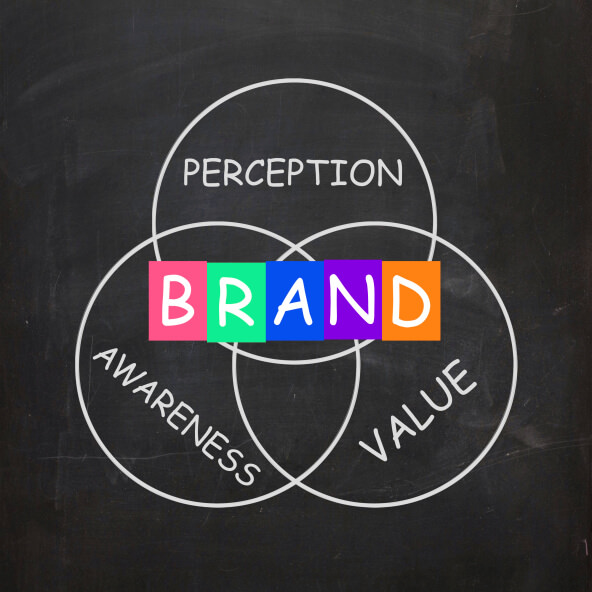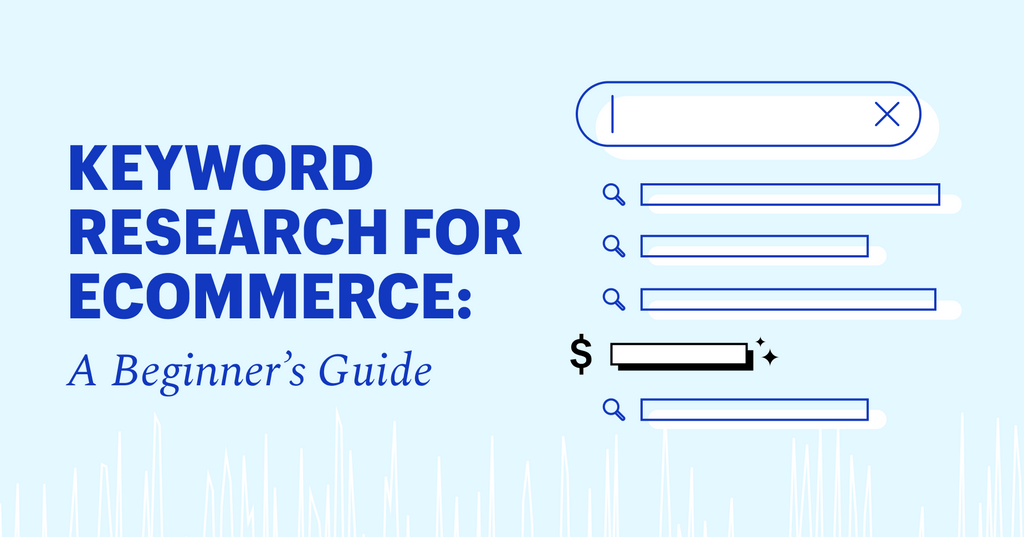
The following tips are useful when optimizing your images for search engines. Be sure to include a similar keyword in the filename of the image. This will boost your rankings and help your users discover your content online. Also, use alternative text, or alt text, for your images. This is text content that allows the visually impaired access an image. This is useful for cases when the image fails to load properly. The following are some common image optimization mistakes and tips.
Alt-text
Optimizing your website with alt-text is a great method to get more search traffic and increase your Google rank. This text describes the image more in detail and is essential for SEO. Instead of keyphrases, you can use semantic keywords. Google does not penalize sites whose alt-text is poor or keyword-stuffed. Instead, focus on providing context for the image and using your target keyword in the alt-text.
Meta description
Meta description is more important than your website's name. It is an invitation to your page. Make sure it is as clear and compellingly as possible. Google displays small snippets from copy about your webpage in search results. The meta description should be around 120-156 characters long. It should also be interesting enough to pique a visitor's interest. The best results are achieved by having a meta description written in advance. Also, include links to your site in the body.
Name of image file

To increase your on-page SEO, it is crucial that images are properly named when published on your website. Named images should contain the image content, as well as seed keywords and focus keywords. File names should be as short as possible, and should contain no more than five words. It should also contain a keyword phrase, since the URL gets abbreviated in search results. These are some ways to make your image file more appealing:
Image URLs
Google has strict guidelines for how to optimize images, and the same is true of image URLs. As they are slower than normal HTML pages, it is not recommended that you use query strings to access the image source. Image URLs shouldn't be a concern if you don’t depend on image search. However, if you do rely on image search, you will need to optimize images. These are just a few of the suggestions.
Image size
It doesn't matter how large your images are. The size of your image will depend on the CMS used and the layout of your page. Shopify recommends 2048 x 248 pixels for square product photos. When uploading images to your website, ensure that they are moderately web-optimized. Your page's load time will affect your rankings, so it's essential to use the right size for your images.
Image authority
Optimising your images is essential to your overall SEO strategy. Although most search engines will only show images, it is important to optimize images to improve your ranking. While this traffic won't convert into sales, it can increase brand awareness and drive backlinks. Listed below are some basic tips for optimizing your images for search engines. Keep in mind that SEO will take time before you see results. Be patient.
Structured data

Google recently updated their Image Publishing Guidelines. It now includes information about page content and embedding suggestions. The guidelines also cover product markup and structured information. These elements will help you rank higher in search engines for images. This article will explain how to add structured data to your website. This guide will show you how to add structured information to your site.
FAQ
Do I hire an agency or do it myself?
An agency is a great way to get started. First, an agency will usually provide everything you need to get started. A lot of agencies offer training so you are familiar with what to do when hiring them. They can also handle any tasks required to rank your site higher.
Is link building still relevant to SEO?
Although link building is essential, it's different today than it was 10 years ago. The biggest challenge for any business today is how they find customers and make sales. Search engine optimization can help with this.
Today, social media is essential for businesses. However, content marketing strategies and other tools are equally important. Google penalizes websites with too much backlinks, so link building seems less effective. This is understandable as if you are linking to many sites, it's likely that your site has nothing unique worth looking at.
All of these factors indicate that link-building is not as effective in ranking your website.
How do SEOs work for me?
Understanding what people are searching for in search engines such as google is the first step to getting a Google rank. This guide will teach you how to write high-ranking content on Google. Also, check out our content marketing guides.
To begin, you will need to make a plan and decide what keywords you want. There are two types, broad keywords (like "digital Marketing") and specific keywords (like "seo".
Next, decide on goals such as increasing brand awareness or driving leads.
Once you have defined your goals, it's time to begin writing content. You can find some helpful tips here on writing content for SEO.
Once your content has been created, it's now time to publish it on your blog or site. If you have a website, this might involve updating existing pages. You will need to hire a web developer to help you create one.
Link to your content from blogs and websites after publishing it. This will improve its visibility and expose it to more people.
How do you create an SEO strategy?
The first step in creating an effective SEO strategy is understanding what you want to achieve and how you will go about achieving this goal. This will enable you to structure and organize your content around the goals.
The second step is to start working on your keywords. Keyword research will give you insight into what people search for when they use specific words. You can then create articles on these topics by using this information.
When you write your articles, be sure to include your targeted keywords. Each article should be optimized by adding relevant images and videos. If possible, you should also link to other related sites.
After writing all your content, you can start optimizing it!
Statistics
- If two people in 10 clicks go to your site as a result, that is a 20% CTR. (semrush.com)
- And 90%+ of these backlinks cite a specific stat from my post: (backlinko.com)
- 64% of marketers actively create SEO campaigns because they help hit multiple key performance indicators (KPIs), including increasing traffic, helping your site rank for relevant keywords, improving your conversion rate, and much more. (semrush.com)
- : You might have read about the time that I used The Content Relaunch to boost my organic traffic by 260.7%: (backlinko.com)
- These guides are designed and coded 100% from scratch using WordPress. (backlinko.com)
External Links
How To
How do I create my first blog?
It's simple! WordPress is a powerful tool for creating blogs. The user can modify the look and feel of their blog easily by adding themes and changing fonts and colors. They can also create plugins that will automatically alter certain aspects of the website according to visitor activity.
You can download many templates free of charge from WordPress.org. Premium templates cost money. Premium templates include extra pages, plugins, advanced security, and more.
Once you've downloaded your template, you'll need to sign up for a free account with a hosting provider to upload your files and run your blog. There are many hosts that offer free accounts. However, there may be restrictions on how much storage you can use, the number of domains you can host, or how many emails can you send.
You will need separate email addresses if you want to use multiple domain names. Some hosts charge a monthly subscription fee.
You may be wondering why anyone would pay for a blog to be hosted online if you are new to blogging. Most hosts offer unlimited storage space, meaning your files won't be deleted even if you accidentally delete them.
Many hosts let you host multiple domains. That means that you can have different websites under the same hosting plan. You don't need multiple email addresses and can manage all your sites through the one interface.
Some hosts have social media sharing buttons built into their dashboards. This allows visitors to quickly and easily share content across the internet.
Hosting providers usually offer tools to manage your blog. You can view your site's performance stats, see how many visits each post has received, and compare your traffic against similar blogs.
These tools will make managing your blog much easier and more efficient. It's worth looking at before you decide on a hosting plan.
To sum up:
-
Pick a topic that's relevant to you business.
-
Create engaging content;
-
Optimize your site using SEO techniques;
-
Promote your site using social media channels;
-
Regularly review your statistics in order to make changes if needed.
-
Finally, don't forget to update your blog frequently.
In other words, create quality content, promote it effectively, track its success.